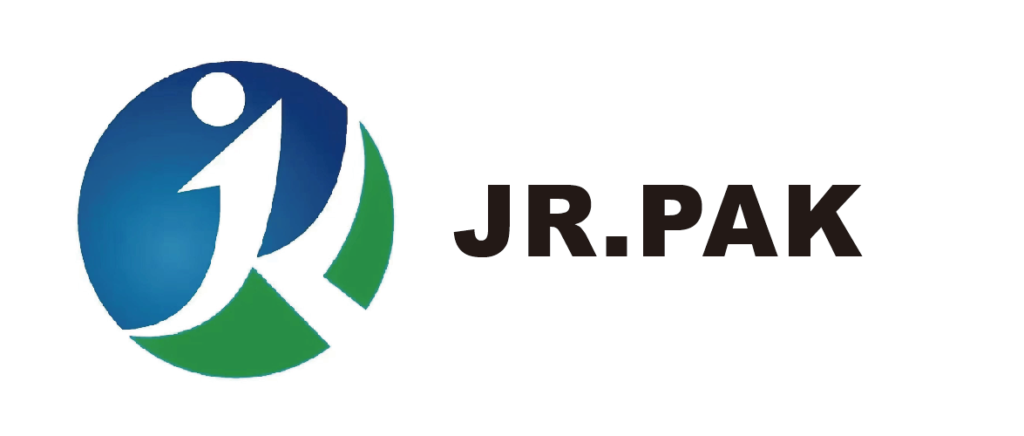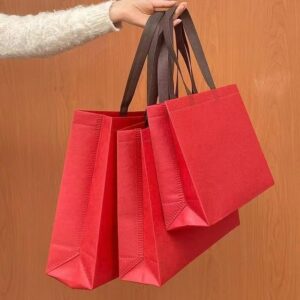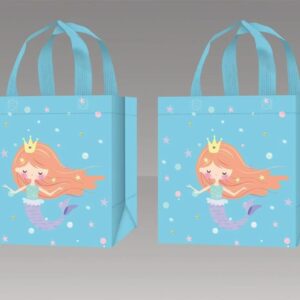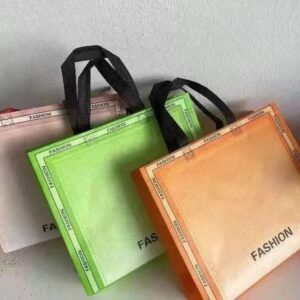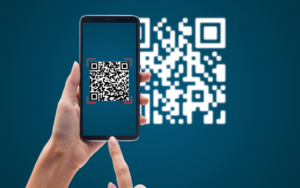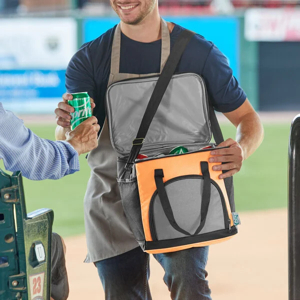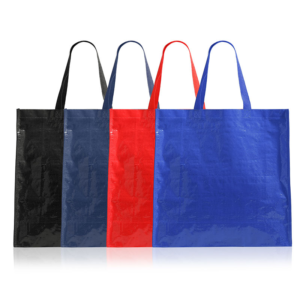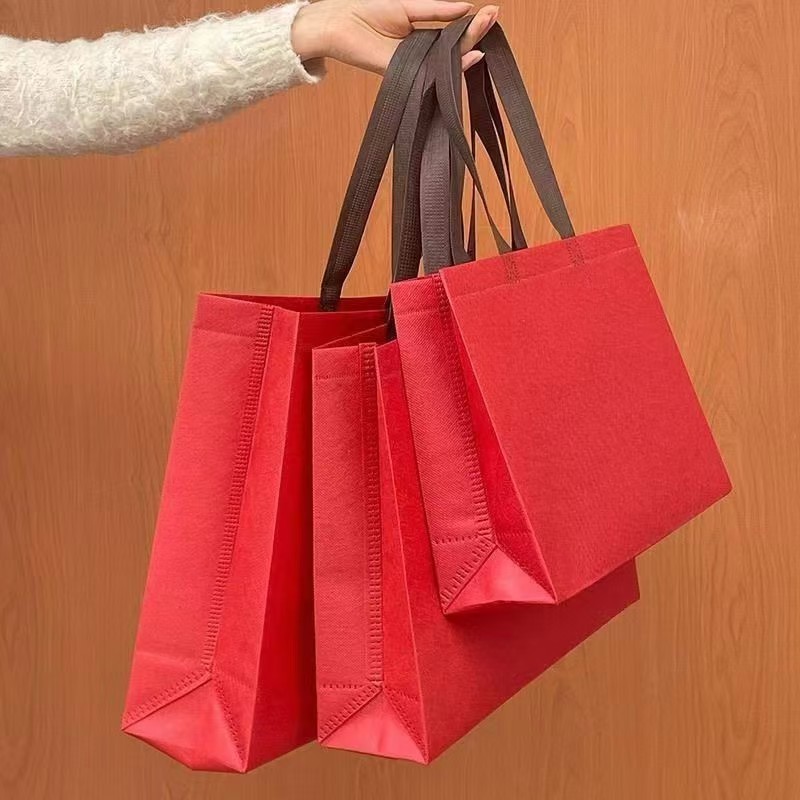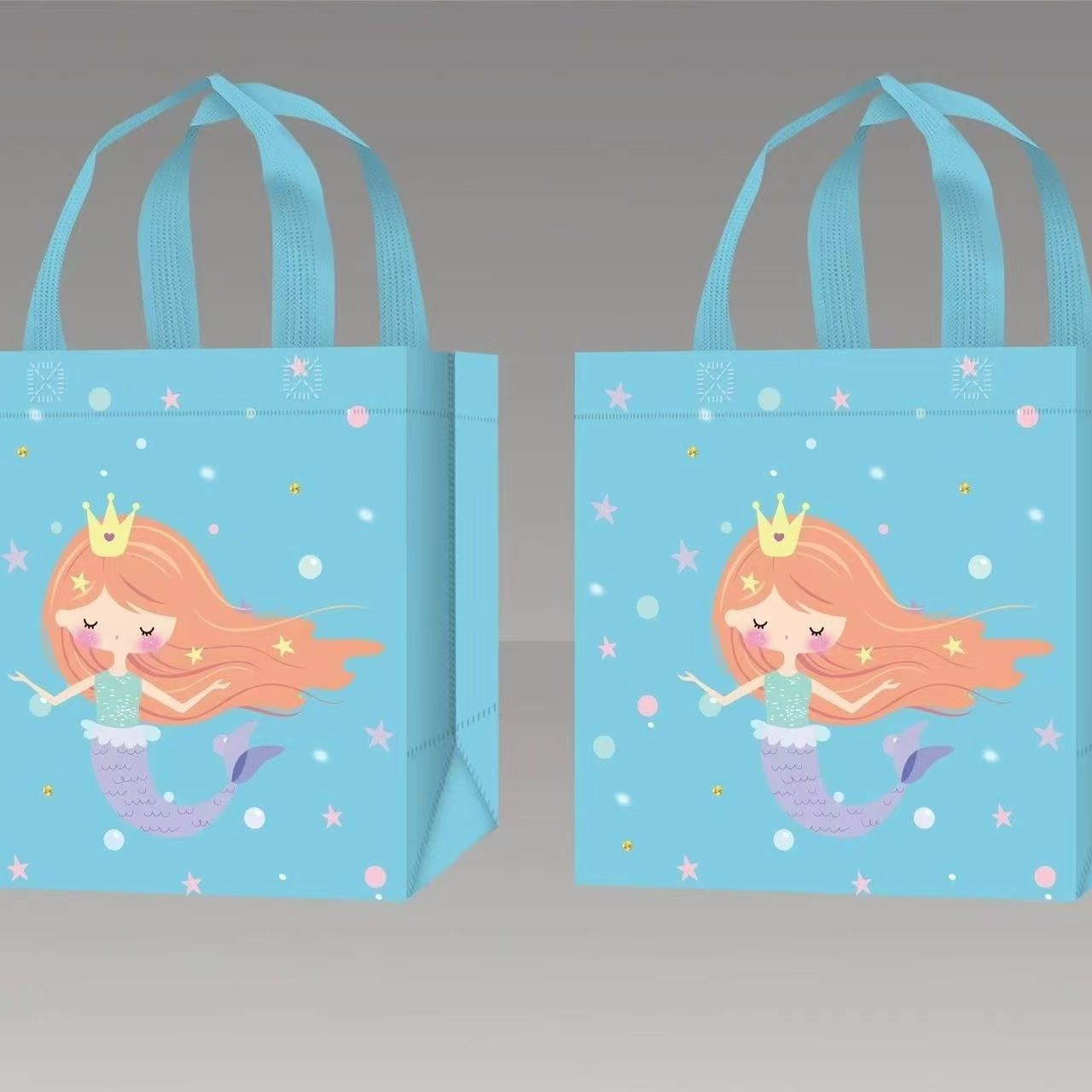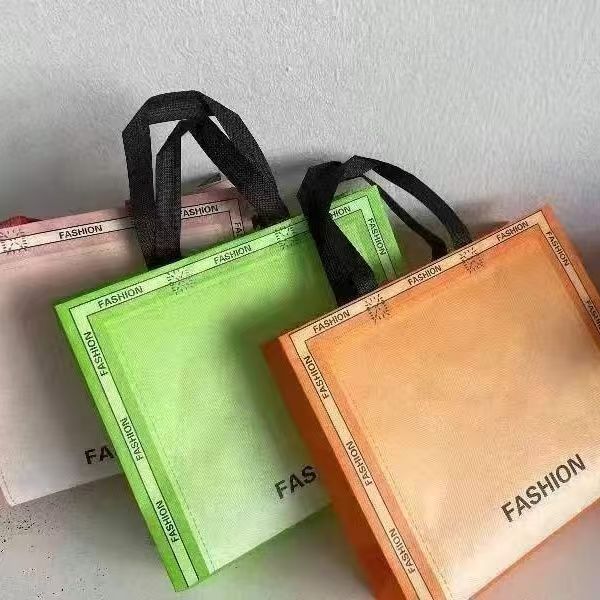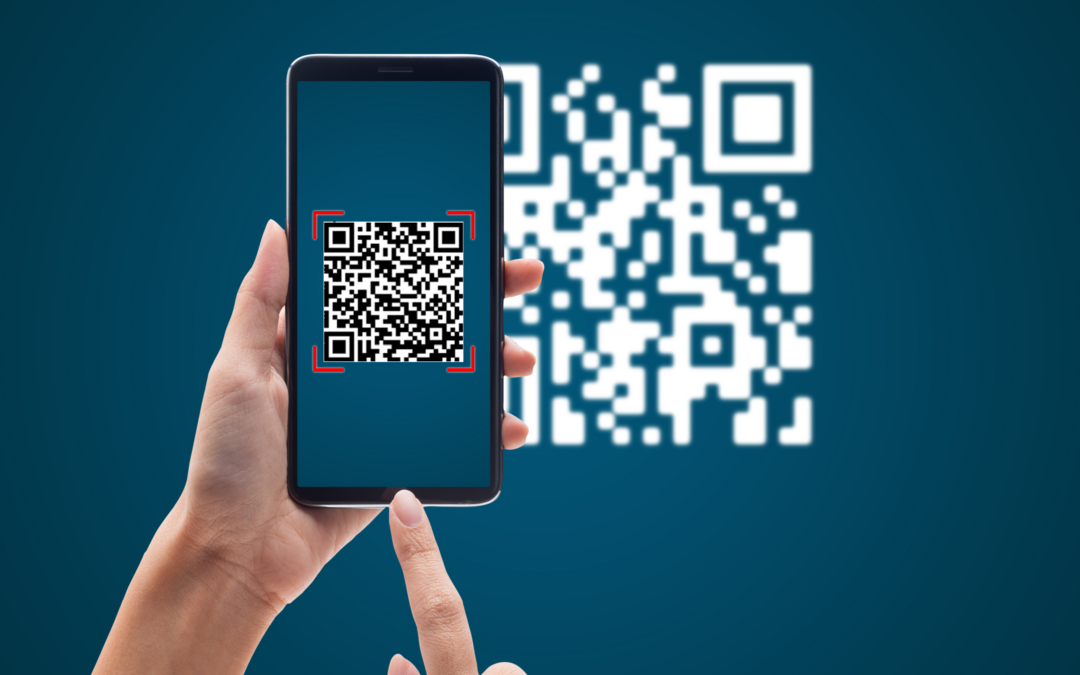There are various methods available for printing on both non-woven and woven bags, including Screen Printing, Digital Printing, Watermark Printing, Gravure Printing, and Heat Transfer Printing. Let’s delve into the details of each of these options.
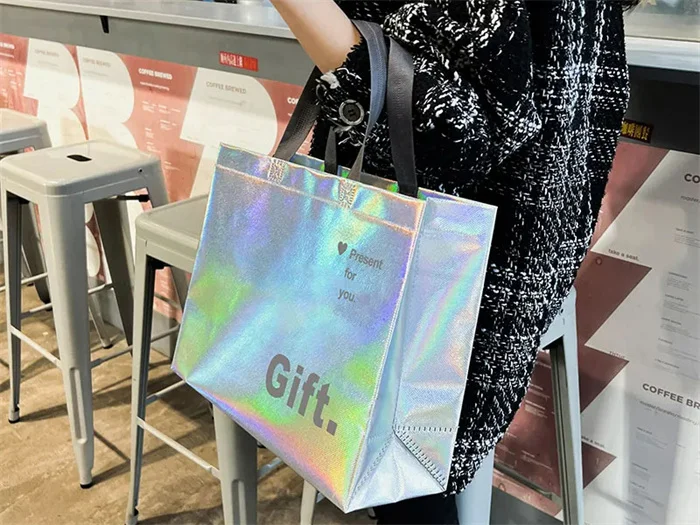
- Screen Printing:
Screen printing involves creating a screen printing plate using manually engraved lacquer film or photosensitive plate-making methods. The pigment is then repeatedly printed onto the material through a mesh-like material using a squeegee. If a design has multiple colors, the process needs to be repeated. Therefore, for designs with many colors, other processes such as digital direct printing can be considered. Custom designs require plate-making, incurring certain costs, making screen printing slightly more expensive. It is suitable for a larger demand.
- Digital Printing:
Digital direct printing, a form of digital printing, involves directly printing ink onto fabric using digital printing equipment, followed by high-temperature heat pressing or tunnel drying to fix the color. This printing method is as simple as using a paper printer, and the speed is fast, allowing on-the-spot printing. The printing colors are not restricted by the design, as the image data is directly converted and printed by computer software.
- Watermark Printing:
Named for its use of water-based elastic paste as a printing medium, watermark printing is common in textile printing. During printing, the ink paste is mixed with water-based elastic glue. No chemical solvents are used during plate washing, and it can be directly rinsed with water. Its characteristics include good coloring power, strong coverage and fastness, water resistance, and virtually no odor. It is generally used for printing canvas bags and cotton bags.
- Gravure Printing:
Products processed using this method are usually called laminated non-woven fabric bags. This process consists of two steps: using traditional gravure printing to transfer graphics and text to a film, and then using laminating technology to composite the film with the non-woven fabric. This process is commonly used for large-area color printing of non-woven fabric bags.
Its features include exquisite printing, fully automated production, and a short production cycle. The product has excellent waterproof performance, durability, and a choice between glossy and matte films, with matte films having a frosted effect. The product is stylish, durable, with full color, realistic patterns, but it is relatively expensive.
- Heat Transfer Printing:
Heat transfer printing is a special type of printing. This method requires an intermediate medium—first, the graphics are printed onto a heat transfer film or paper, and then the pattern is transferred to the non-woven fabric through a heating transfer device. In textile printing, the commonly used medium is heat transfer film. Its advantages include exquisite printing, rich layering, and comparable quality to photos. It is suitable for small-area color image printing. The downside is that over time, the printed pattern may wear off, and it is relatively expensive.
